
28/Female/Earthling- An amateur naturalist and geology major living in the Missouri Ozarks. Botany 🌿, mycology 🍄, geology 🏔️, foraging 🍓, gardening and more! 🌼🐦🦉🐝 😀 (Natural sciences are my niche.) •iNaturalist ID: oliviarosaline •Rockd Macrostrat Lab: Olivia Myers
86 posts
Oliviarosaline - Forest Wanderer - Tumblr Blog



Mica Cap Mushrooms
Coprinellus sect. Micacei
Growing at the base of an old cottonwood tree in the woods.
April 3rd, 2024
St. Louis County, Missouri, USA
Olivia R. Myers
@oliviarosaline
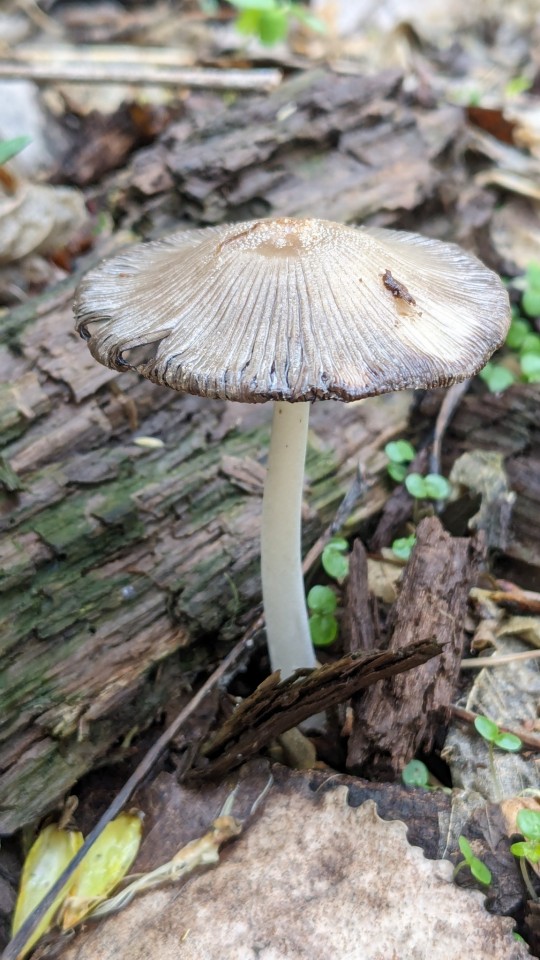
Ink Cap Mushroom
Psathyrellaceae
April 3rd, 2024
Saint Louis County, Missouri, USA
Olivia R. Myers
@oliviarosaline


Prairie Trillium
Trillium recurvatum
These unique, dark trillium plants caught our eye while we were exploring woods in Jersey County, Illinois. This species usually has splotchy green leaves. dailybotany suggested these trillium plants may have upped their anthocyanin production in response to exposure to higher levels of solar radiation. There were a few of these trilliums with dark leaves in the general area, and it may have been a sunnier than usual spot in the understory of the forest there, so this theory makes sense. I still wonder if it's possible this small population carries a genetic mutation... I have explored many woods and never seen trilliums this dark. I love listening to different theories and learning new info.
Trillium recurvatum is native to much of the Mississippi River basin in the central / eastern United States. Eastern Ohio has a few populations, which are listed as potentially threatened by their DNR. There are also a couple isolated populations in North Carolina, but it's debated whether or not they were actually planted long ago. Its closest lookalike with overlapping range is trillium sessile; however, the sepals on s. recurvatum plants curve downward as the flower opens, and the stem is usually much shorter than on t. sessile. This species can grow in habitats ranging from floodplains, to mesic forests and mesic savannas. Often, they're found growing in calcareous soils or over calcium-rich rocks such as limestone.
March 20th, 2024
Jersey County, Illinois, USA
Olivia R. Myers
@oliviarosaline
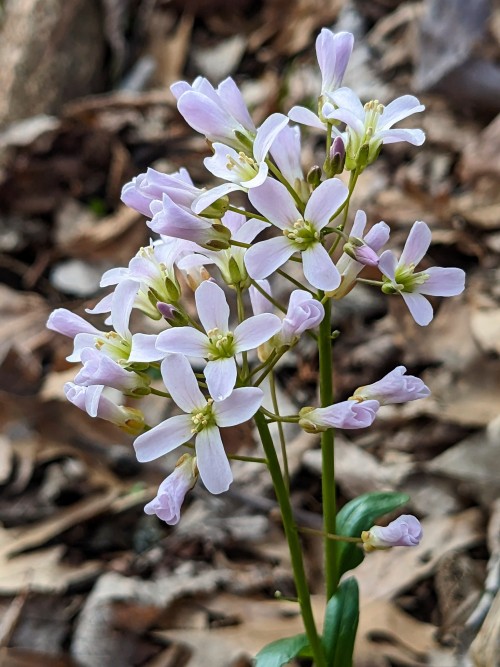

Purple Cress
Cardamine douglassii
Also known as Limestone Cress, this species in the mustard family features clusters of light purple flowers in early spring and can be found in wet and swampy forests with calcium carbonate rich soils. It's native to parts of the eastern United States and southern Ontario, Canada.
The plants I photographed are part of an isolated population remaining in a tiny bottomland forest remnant in St. Charles County, Missouri. Unfortunately, the rest of the forest has been lost due to suburban sprawl and what little of it remains has many invasive species, including winter creeper, callery pear, and japanese honeysuckle trying to encroach from surrounding developments and outcompete native plants like this one.
March 12th & 13th, 2024
St. Charles County, Missouri, USA
Olivia R. Myers
@oliviarosaline
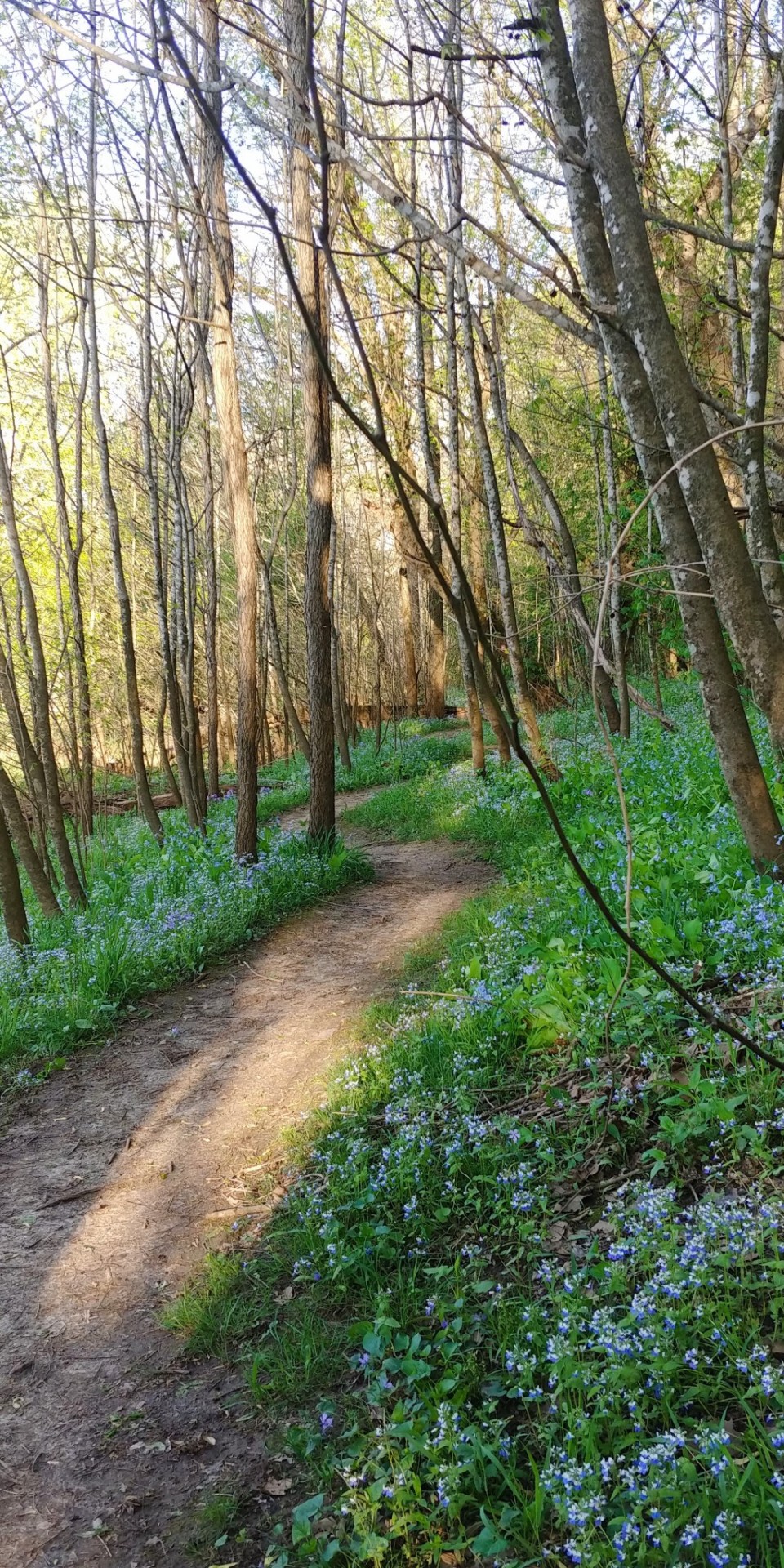


Wildflowers flourishing along a tranquil Ozarkian trail. It was a blessing to enjoy this beautiful place where the sun kissed spots of the blue forest floor and only the sound of bird songs and soft wind whispered through the trees. The blue-eyed mary (Collinsia verna) and virginia bluebells (Mertensia virginica) thriving on the forest floor are both native spring ephemerals found throughout the central and eastern parts of North America.
April 17th, 2023
Washington County, Missouri, USA
Olivia R. Myers
@oliviarosaline
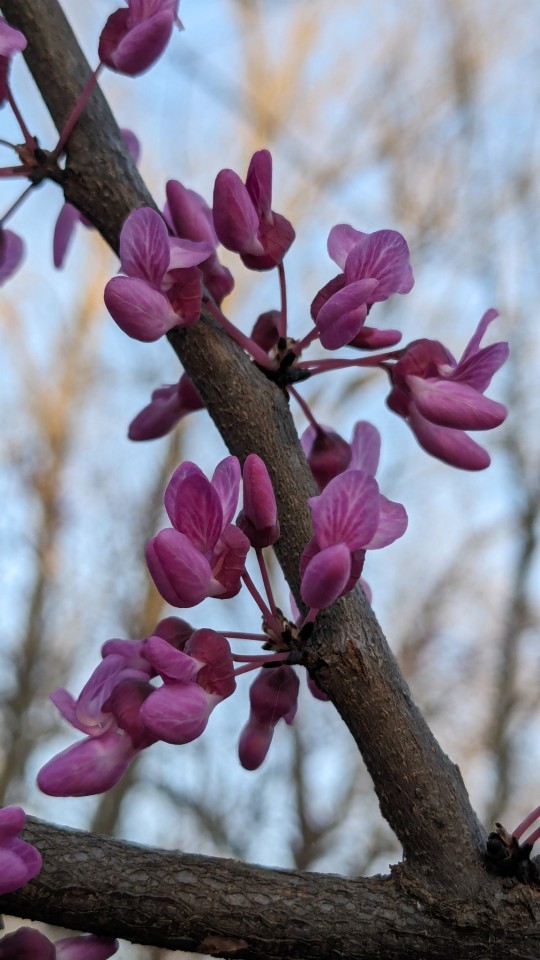
Eastern Redbud Tree
Cercis canadensis
This small tree in the legume family showcases lovely pink blooms in spring and is native to much of eastern North America. They grow in a variety of habitats, but prefer well-drained slopes in woods without many other plants to compete with. Its flowers are pollinated by carpenter bees and other bees with long tongues, and the leaves provide food for several caterpillar and moth species. The flowers on this tree are also edible and contain beneficial anthocyanins, a group of antioxidants.
March 19th, 2024
St. Charles County, Missouri, USA
Olivia R. Myers
@oliviarosaline

Lanceleaf Frogfruit
Phyla lanceolata

This perennial species in the verbena family is native to much of the United States and Mexico. It's usually found growing in disturbed wetlands, ditches, or yards and provides nectar for many beneficial insects when it blooms during summer.
The plant pictured was in disturbed bottomland woods near Butler Lake and the Meramec River in southern St. Louis County, Missouri, USA
June 20th, 2023
Olivia R. Myers
@oliviarosaline

Missouri Coneflower
Rudbeckia missouriensis

This species is endemic to the Ozarks of Missouri and Arkansas, where it usually grows in limestone and dolomite glades. There's also a few scattered populations in Texas, Oklahoma, Illinois, and Louisiana. It thrives in full sun and dry, well-drained soil.
Sept. 27th, 2023
De Soto, Jefferson County, Missouri, USA
Olivia R. Myers
@oliviarosaline

Small-Funnel Veil Amanita
Amanita multisquamosa
Amanita ser. Pantherinae

Also known as the White Panther Amanita, this species is found in forests east of the Great Plains in the United States. It has a mycorrhizal association with oaks and can sometimes be found near conifers as well. Likely psychoactive and presumed toxic. ☠️
Aug. 14th, 2023
St. Louis County, Missouri, USA
Olivia R. Myers
@oliviarosaline
Don't worry, bee happy.

This adorable bumblebee buzzed over and photobombed my flower picture.

Aug. 15th, 2023
St. Charles County, Missouri, USA
Olivia R. Myers
@oliviarosaline

Amanita sect. Vaginatae

Aug. 15th, 2023
St. Louis County, Missouri, USA
Olivia R. Myers
@oliviarosaline

Some kind of bolete mushroom
Boletales


This bolete featured unusually large, bright yellow pores.
There are over 150 described bolete species in the Midwestern United States alone, so sometimes it's a challenge to narrow them down to an exact species ID. It's not an ash tree bolete. I found this one while doing field research in an old growth forest near the Meramec River near swamp white oak, pin oak, cottonwood, silver maple, green ash, persimmon, and hackberry trees. I'm not sure which tree it was associated with.
Aug. 18th, 2023
Arnold, Jefferson County, Missouri, USA
Olivia R. Myers
@oliviarosaline

Northern Cardinal
Cardinalis cardinalis
Male
Shining in all his glory.
March 17th, 2024
Jefferson County, Missouri, USA
Olivia R. Myers
@oliviarosaline

Violet Wood Sorrel
Oxalis violacea

This beautiful oxalis violacea with showy, soft violet blooms is a perennial species native to the eastern and central United States.
May 12th, 2023
Jefferson County, Missouri, USA
Olivia R. Myers
@oliviarosaline

Hop Trefoil Clover
Trifolium campestre
This species of trifolium is not native to the United States, its native range is in Europe and Western Asia, but it has now been introduced in some areas of the US due to being grown for fodder and escaping. However, it's not yet listed as an invasive species here.
June 17th, 2023
Weldon Spring, St. Charles County, Missouri, USA
Olivia R. Myers
@oliviarosaline
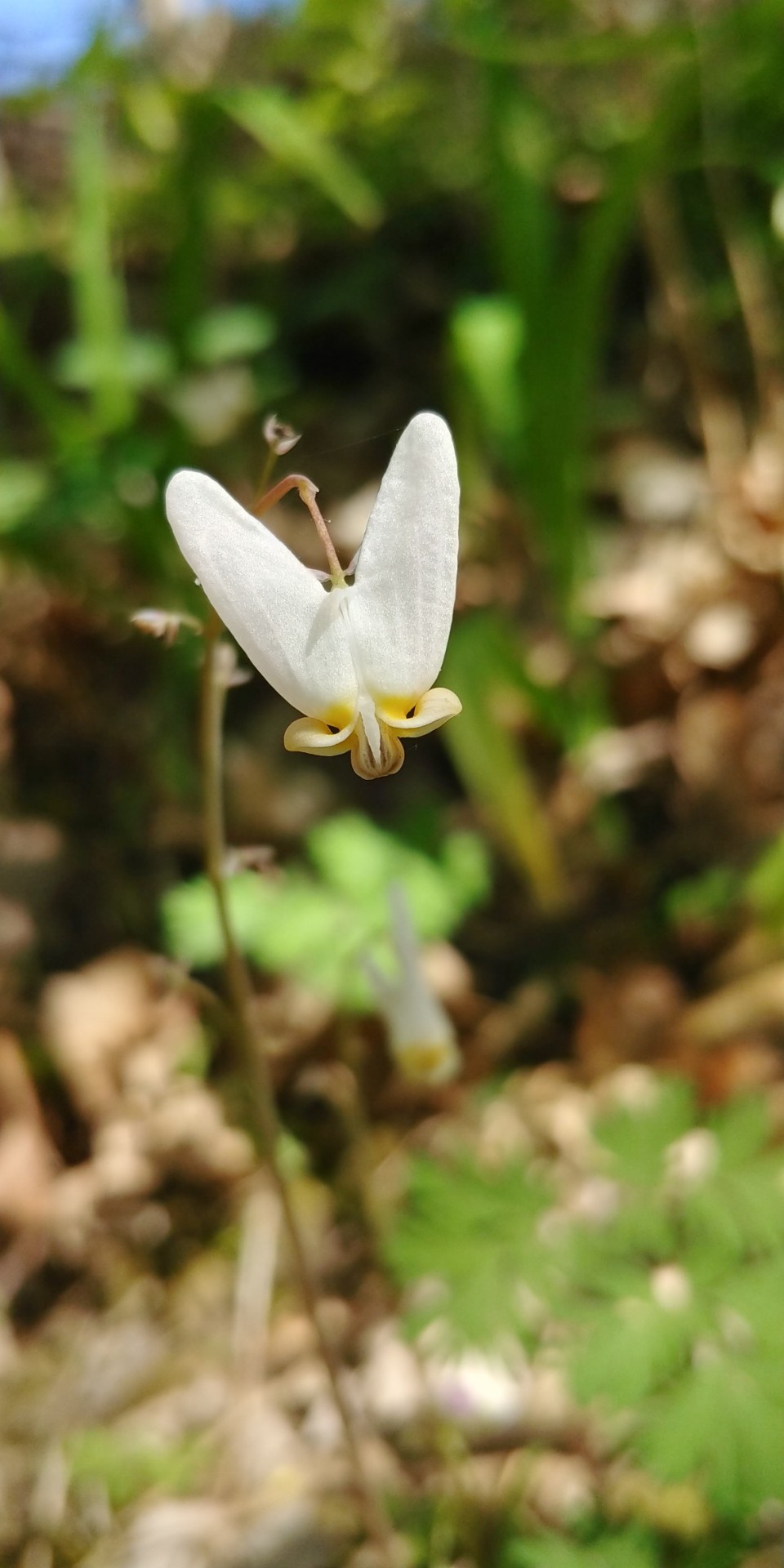
Dutchman's Breeches
Dicentra cucullaria
April 12th, 2023
St. Louis County, Missouri, USA
Olivia R. Myers
@oliviarosaline

Squirrel Corn
Dicentra canadensis
This spring ephemeral is scattered throughout the eastern United States, but it is somewhat rare in Missouri.
April 17th, 2023
Washington County, Missouri, USA
Olivia R. Myers
💕
@oliviarosaline
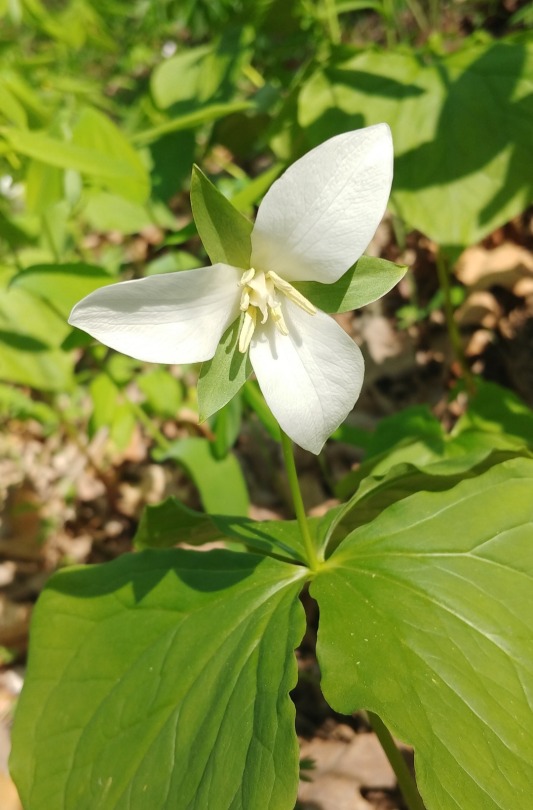
Drooping Trillium
Trillium flexipes
April 12th, 2023
St. Louis County, Missouri, USA
Olivia R. Myers
@oliviarosaline

Dwarf Larkspur
Delphinium tricorne
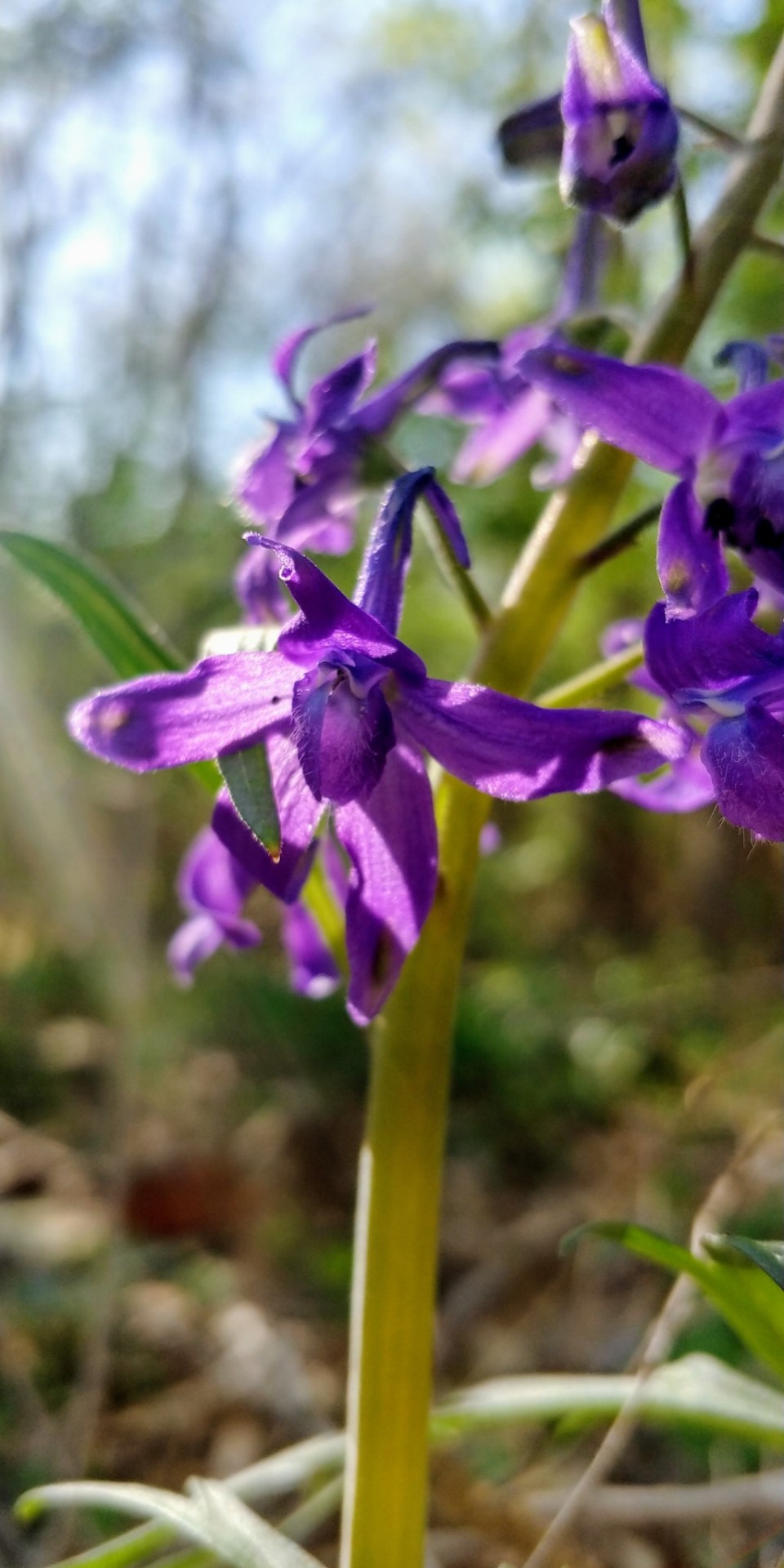
A favorite of hummingbirds and butterflies when it blooms. This spring ephemeral is native to the central and eastern United States. The flowers can range in color from white to all shades of purple.
April 12th, 2023
St. Louis County, Missouri, USA
Olivia R. Myers
@oliviarosaline

Ruby Dapperling
Leucoagaricus rubrotinctus


Aug. 14th, 2023
St. Louis County, Missouri, USA
Olivia R. Myers
@oliviarosaline
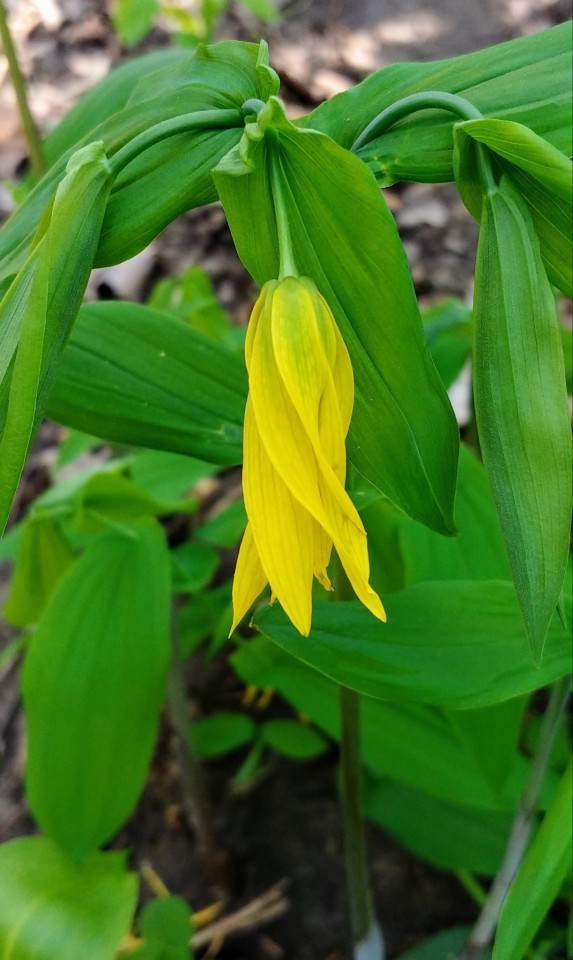

Largeflower Bellwort
Uvularia grandiflora
Also known as Merrybells, this stunning spring ephemeral in the lily family is found in woods throughout central and eastern North America. Native Americans traditionally used this species as a remedy for certain skin conditions.
April 12th, 2023
St. Louis County, Missouri, USA
Olivia R. Myers
@oliviarosaline

Ozark Witch-Hazel
Hamamelis vernalis

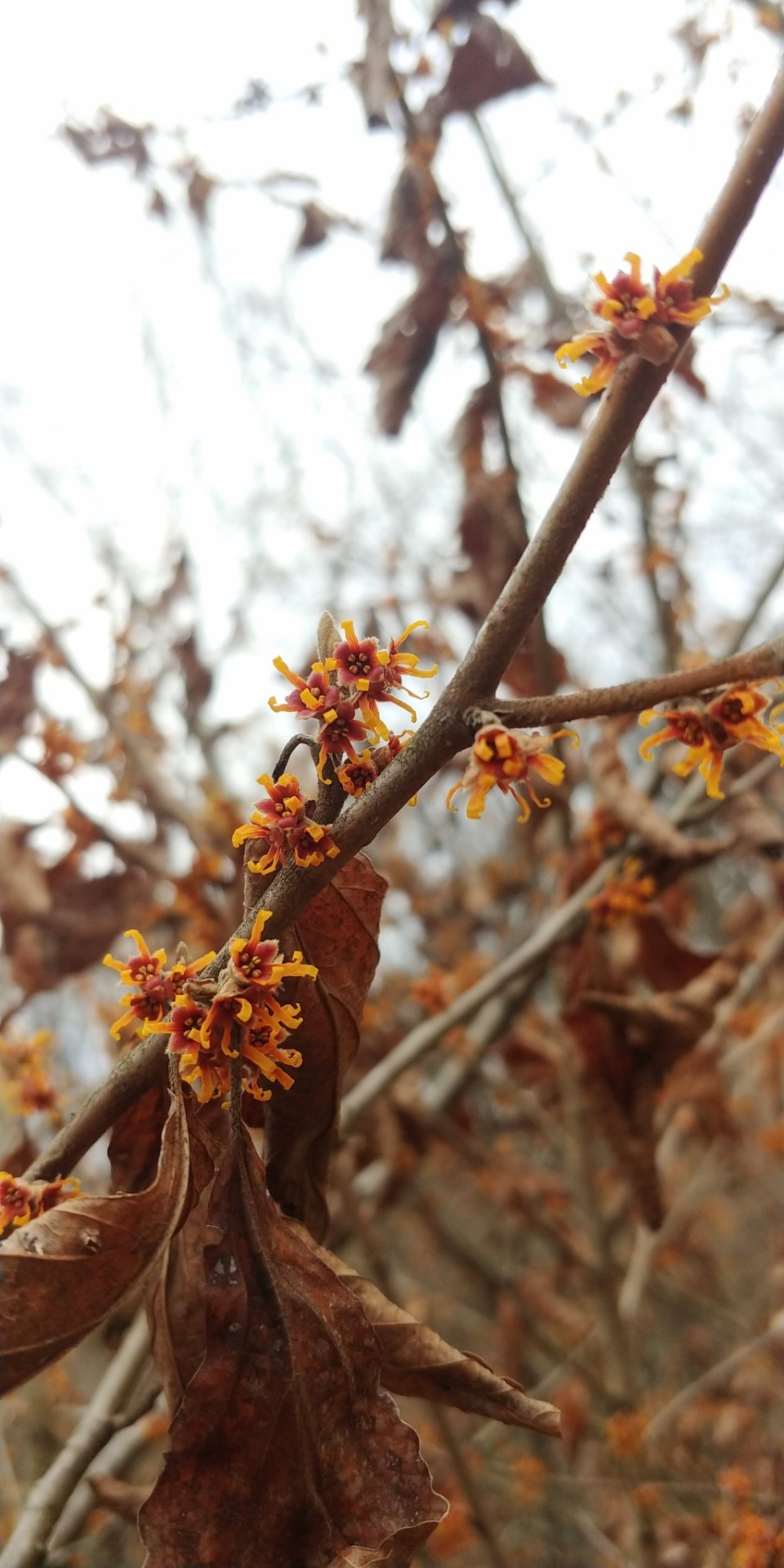
This species of witch-hazel requires a winter freeze to bloom and is endemic to the Ozarks in Missouri, Arkansas, and parts of eastern Oklahoma.
Feb. 6th, 2023
Augusta, St. Charles County, Missouri, USA
Olivia R. Myers
@oliviarosaline
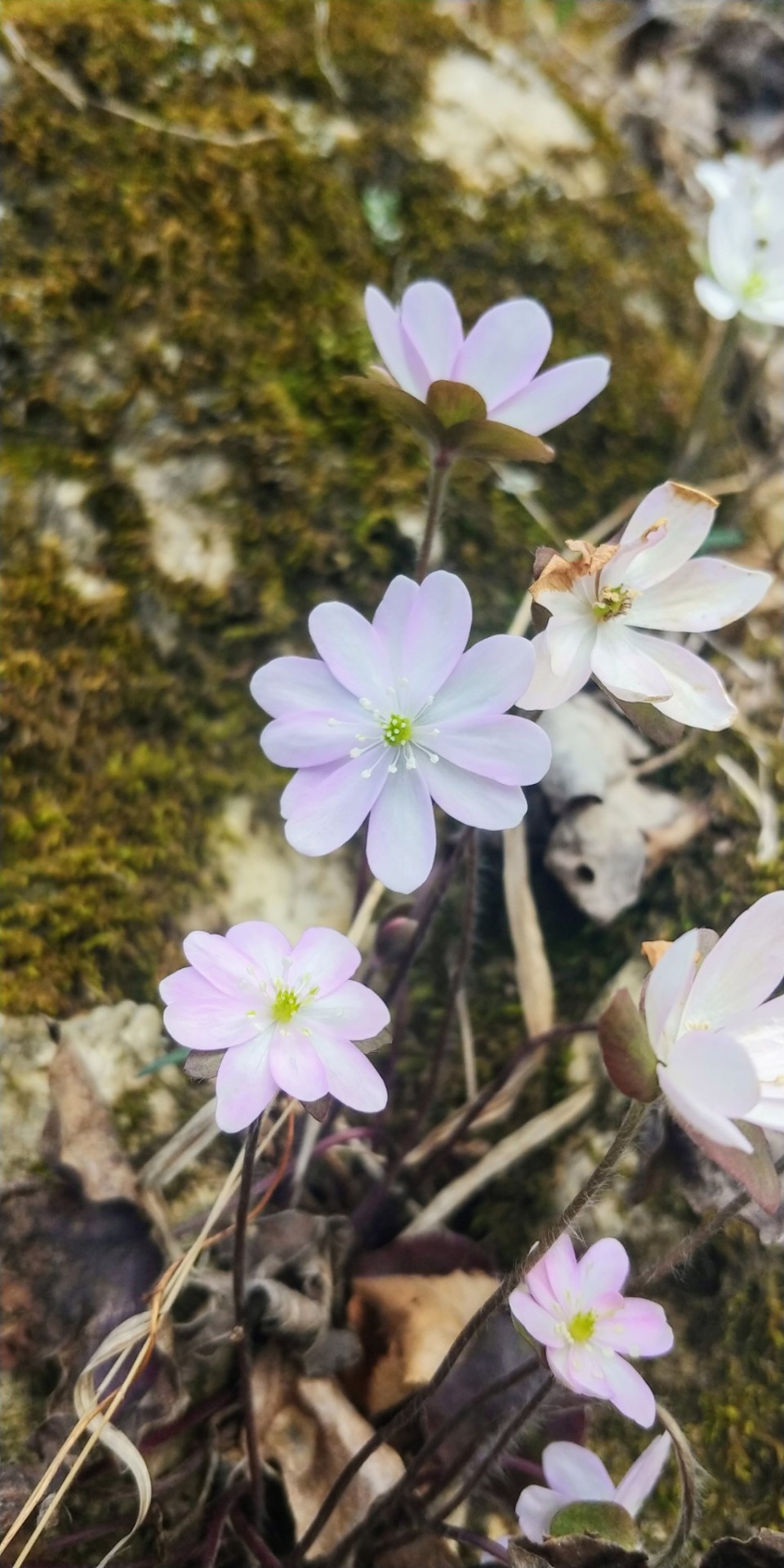
Sharp-lobed Hepatica
Hepatica acutiloba
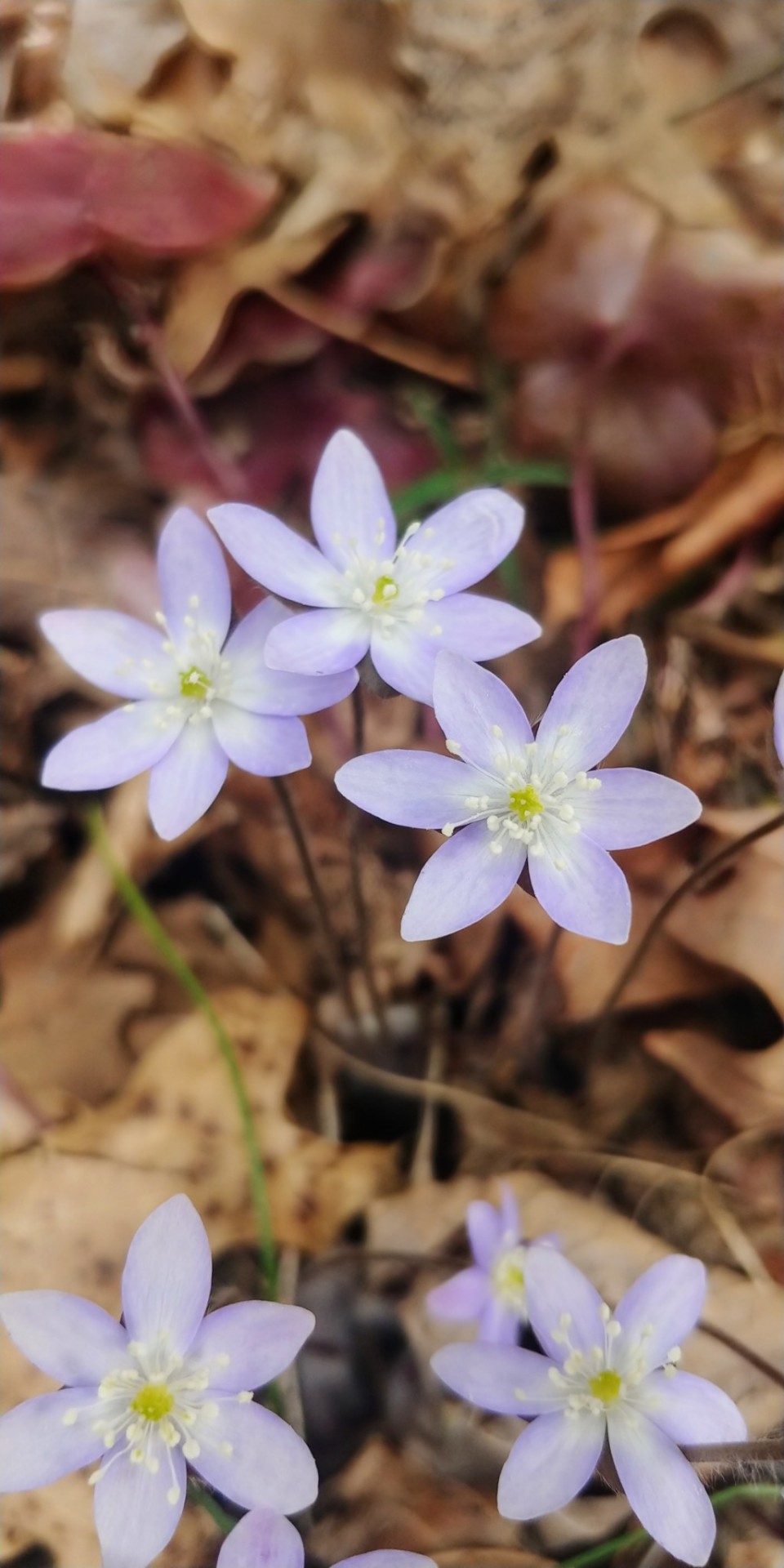

These gorgeous spring ephemerals are usually found in woods with rich, somewhat alkaline, well drained-soils across eastern North America. Their flowers can vary in color and petal count. The hepatica plants pictured were growing on wooded hillsides featuring dolomite rock outcrops.
March 30th, 2023
St. Francois County, Missouri, USA
Olivia R. Myers
@oliviarosaline

Pale Jewelweed
Impatiens pallida
Native to much of eastern North America, pale jewelweed prefers wet soils in bottomland forests, along streams, etc... Jewelweed is also an old remedy for poison ivy rashes. Hummingbirds love the flowers as well. The pictured plants were growing en masse in a bottomland forest next to the Big River.
Sept. 1st, 2021
Washington County, Missouri, USA
Olivia R. Myers
@oliviarosaline